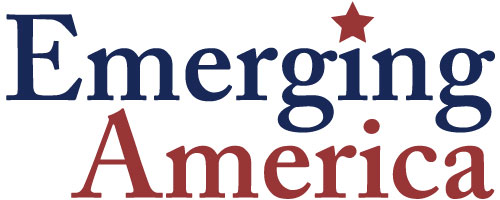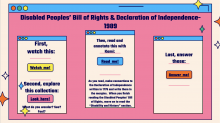Explore Disability History at the NCSS Conference
Scheduled workshops on disability history:
The team from the #TeachDisabilityHistory Easterseals and Emerging America – Desi Forte, Rich Cairn, and young adult disability activists – will co-present a workshop: How to integrate voices of people with disabilities into the curriculum. They will demonstrate activities and curriculum for sharing disability history with broad audiences. Friday, November 22 - 3:00-3:55pm - Rm 308, Hynes Convention Center.









